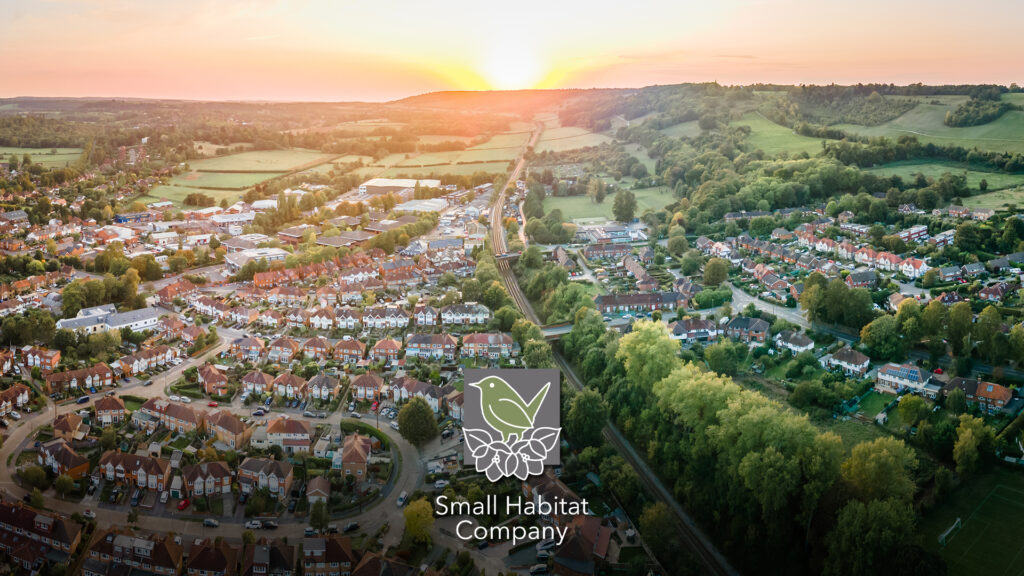Ecologists and Planning Agents preparing for Biodiversity Net Gain (BNG) are advised to use local off-site units to strengthen planning applications.

While the Biodiversity Metric uses the ‘spatial risk multiplier’ to incentivise off-site habitat delivery from within the same Local Planning Authority (LPA) or National Character Area, it is local planning policy that is going to be front and centre in the planning balance.
Currently 92% of England’s LPAs have no BNG policies in place1, which makes things difficult from the outset. However, there are a growing number of LPAs bringing forward Supplementary Planning Documents (SPD) for the new regulations. The SPDs give Developers, Ecologists and LPA planning officers alike, a clearer framework for assessing the BNG element of a planning application.
Castle Point Borough Council in Essex recently consulted on its draft SPD2, which had been created collaboratively between the Essex Planning Authorities. (The collaboration being a reflection of efficiencies needed in Local Government a method of tying together Local Nature Recovery Strategies.)
For Planning Agents, Ecologists and their Developer clients, the SPDs provide a framework to strengthen the BNG on-site and off-site strategies by answering local priorities.
For example, the Castle Point document states: “applicants are encouraged to purchase off-site units from BNG sites that are identified as priority for nature improvement in the LNRS” and goes on to list geographical hierarchy for off-site provision: “the Council’s preferred offsite provision is in the following order:
- Within the ward of the development site;
- Within an adjoining ward of the development site, within the local authority boundary;
- Within the local authority boundary;
- Within an adjoining ward of the development site, in a neighbouring local authority;
- Within an adjoining local authority;
- As a last resort beyond the local authority and neighbouring authorities.”
Spatial multiplier aside, this clarity in an SPD clearly shows Developers will be well advised to seek local, LNRS-appropriate, off-site solutions; or provide robust evidence that local BNG sites are either not appropriate or not available.
The local solution will inevitably be the best on all counts.
Small Habitat Company partners with developers and landowners to create locally appropriate wildlife habitats, restoring nature and improving the landscape. Contact us for a conversation of how we can work together in your area.
1 https://www.wcl.org.uk/docs/Biodiversity_Net_Gain_progress_report_7.2.2024.pdf

One response to “Off-Site BNG – Keep it Local”
Hi, this is a comment.
To get started with moderating, editing, and deleting comments, please visit the Comments screen in the dashboard.
Commenter avatars come from Gravatar.